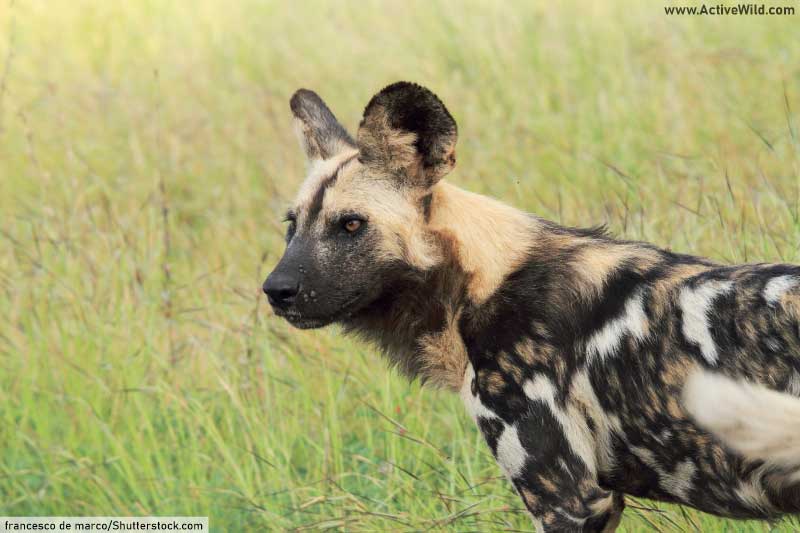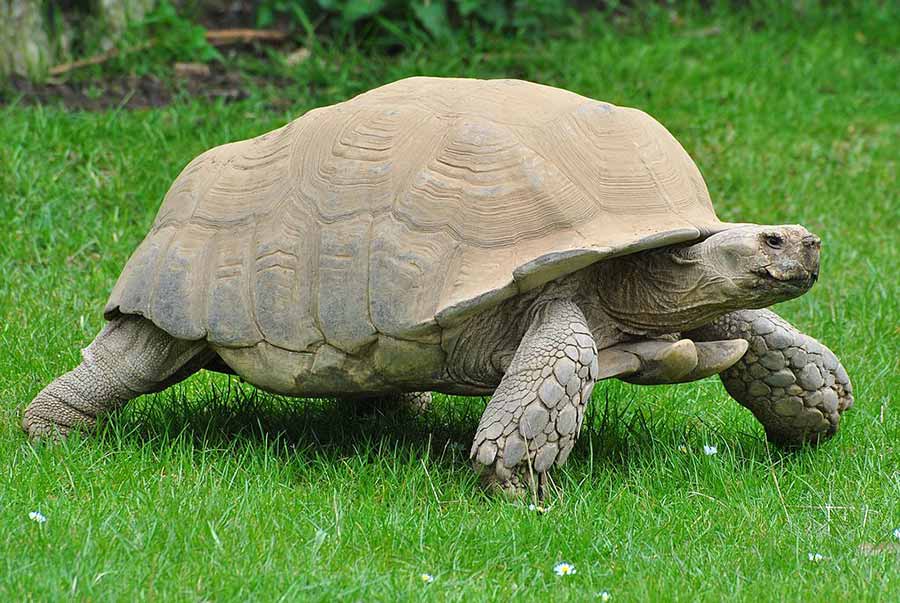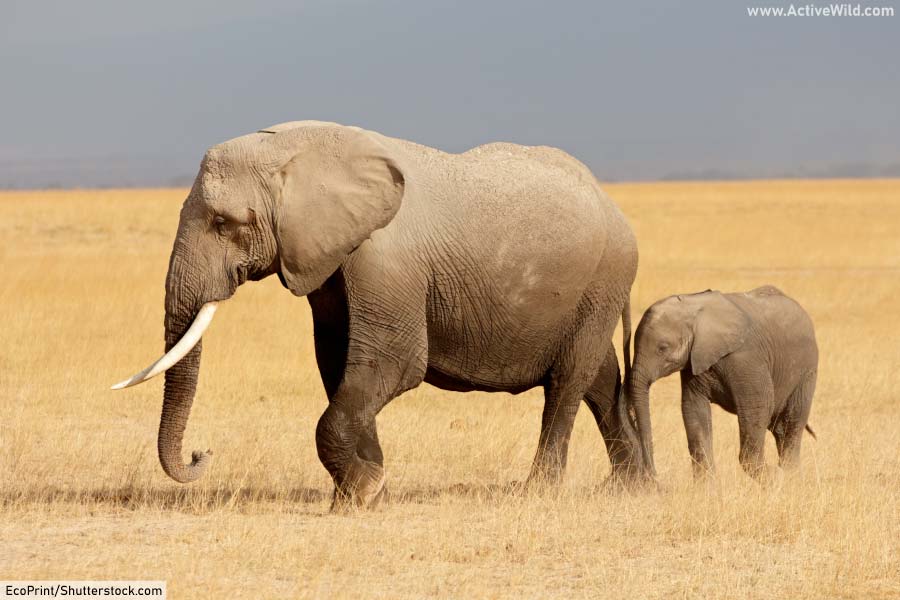Family:
ASTERACEAE
Scientific Name with Author:
Erigeron acomanus Spellenberg and Knight
Synonyms:
NONE
Common Name:
Acoma fleabane
Description:
Taprooted perennial, mat-forming, 10-70 cm in diameter; leaves mostly basal, spreading or ascending, 8-30 in rosettes at ends of caudex branches, oblanceolate to narrowly obovate or spatulate, 8-23 mm long, 2-7 mm wide, round or obtuse at the tip, moderately puberulent on both surfaces; flowering stems erect, 4.5-15 cm tall, bearing 4-10 reduced leaves; heads solitary, pendulous in bud, erect in flower and fruit; involucre 5 mm high; phyllaries 25-38, lanceolatate, 2.5-4 mm long, purplish on the margins; ray flowers 16-30, white, 4.5-9 mm long; disk corollas 2.5-3 mm long, yellowish; achenes somewhat flattened, lightly hirsute; pappus of fine barbellate bristles. Flowers in July.
Why this planet called as Endangered Species:
A very narrow endemic, but current land uses do not significantly threaten its habitats. May occasionally be impacted by mining operations.





